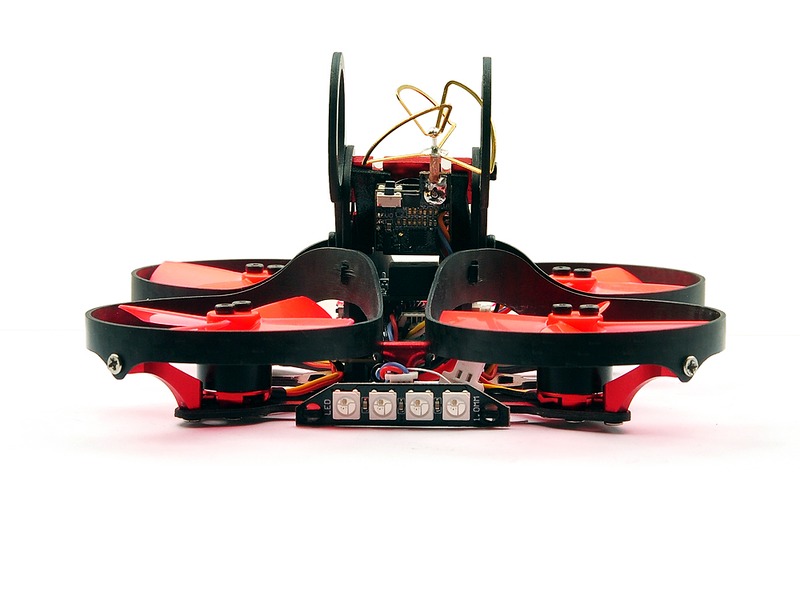How do you dive in FPV?

FPV (First Person View) diving is a type of underwater exploration that allows divers to experience the underwater world from a unique perspective. It involves the use of a camera mounted on the diver’s head or body, which transmits a live video feed to the diver’s eyes, allowing them to see what they are doing in real time.
The first step in FPV diving is to choose the right equipment. This includes a camera, a transmitter, and a receiver. The camera should be waterproof and capable of capturing high-quality images and videos. The transmitter and receiver should be compatible with the camera and should be able to transmit the video feed to the diver’s eyes.
Once the equipment is chosen, the diver needs to prepare for the dive. This includes checking the equipment, making sure the batteries are charged, and ensuring that the camera is securely mounted. The diver should also check the dive site for any potential hazards and make sure that the dive plan is safe and achievable.
Once the diver is ready to dive, they should enter the water and begin to explore. The diver should be aware of their surroundings and be aware of any potential hazards. The diver should also be aware of their air supply and the amount of time they have to explore.
When the diver is ready to start recording, they should activate the camera and transmitter. The camera should be set to record in the highest quality possible. The transmitter should be set to the correct frequency and the receiver should be set to the same frequency.
Once the camera is recording, the diver should begin to explore the underwater environment. They should be aware of their surroundings and be aware of any potential hazards. The diver should also be aware of their air supply and the amount of time they have to explore.
When the dive is complete, the diver should turn off the camera and transmitter and exit the water. The diver should then review the footage and make any necessary edits. The footage should then be uploaded to a computer or other device for viewing.
FPV diving is an exciting and unique way to explore the underwater world. It allows divers to experience the underwater world from a unique perspective and capture stunning footage. However, it is important to remember to be safe and aware of potential hazards when diving.
Comments / Question
2. Online Communities: There are several online communities and forums dedicated to FPV diving, where users can ask questions and discuss their experiences.
3. Videos: There are many videos available on YouTube and other video sites that demonstrate FPV diving techniques and provide tips and advice.
4. Experienced Divers: Experienced FPV divers can often provide valuable advice and guidance to those just starting out.
5. Instructional Courses: Many dive centers offer FPV diving instruction courses. These can provide a great way to learn the basics and practice with experienced divers.
2. Learn the Basics of Drone Flight: Once you have chosen a drone, you will need to learn the basics of drone flight. This includes understanding how the drone works and how to control it. You can find tutorials online or take a drone-flying course.
3. Purchase the Necessary Equipment: You will need to purchase the necessary equipment for FPV diving, such as a camera, video transmitter, receiver, and FPV goggles. Make sure you purchase a drone that is compatible with this equipment.
4. Practice: Once you have all of the necessary equipment, start practicing in an open area away from people and buildings. Practice flying the drone in different directions and altitudes.
5. Join a Drone Club: Joining a drone club is a great way to learn more about drones and meet other drone pilots. They will be able to give you tips and advice on flying and FPV diving.
2. Make sure to stay within the legal limits of your local laws and regulations.
3. Avoid flying over or near other people or animals, and always keep a safe distance away from them.
4. Be aware of your surroundings and fly at a safe altitude and speed.
5. Make sure to use an appropriate waterproof case for your drone and any other FPV equipment.
6. Monitor your battery levels and always keep an eye on your drone’s altitude, speed, and direction.
7. Be aware of any potential obstacles such as trees, buildings, or power lines.
8. Make sure to stay away from areas with high electromagnetic interference.
9. Avoid flying in bad weather conditions, such as strong winds or heavy rain.
10. Always wear protective gear when flying to reduce the risk of injury.

